FORMERLY THE PROPERTY OF HENRY MORTON STANLEY WINCHESTER REPEATING ARMS A .45-75 LEVER-ACTION RIFLE RETAILED BY WATSON, LONDON, 'MODEL 1876 (2nd MODEL)', serial no. 8512, for 1879, with 28in. blued barrel signed 'WINCHESTER'S REPEATING ARMS. NEW HAVEN. CT.' with King's Improvement patent dates and signed 'WATSON. 4. PALL MALL. LONDON.', blade fore-sight, rear-sight calibrated to 1,000 yards and marked '1876', blued action with sliding dust-cover, hammer and lever each retaining some faint original case-hardened finish, walnut straight-hand butt-stock with crescent heel-plate and sliding trap-cover containing a Winchester four-piece cleaning rod, blued full-length tubular magazine, the whole retaining a fair amount of original blued finish. Provenance: Holt's Sale 1030, of 17th September 2009, Lot 999 (£35,000) and Henry Morton Stanley. The Stanley Trust. Christie's London, The Africa Sale, 24 September 2002, Lot 55. Other Notes: "Dr. Livingstone, I presume?" Henry Morton Stanley, a Welsh-born journalist turned African explorer working for the New York Herald, uttered it on the shores of Lake Victoria in 1872 on meeting the missionary Dr. Livingstone who the world had assumed lost in 'Darkest Africa'. Finding him was the journalistic coup of that decade and this adventure was the start of Stanley's career as an explorer, his greatest achievements being the mapping of the River Congo; the settlement of the Congo basin on behalf of Leopold, King of the Belgians; and the search for Emin Pasha. The two Winchester rifles and the Reilly revolver offered here were part of Stanley's personal arsenal and represent a tangible and provocative link to the exploration of Africa in the late nineteenth century. Their charisma also is enhanced by the desperately dangerous expeditions on which they were carried. Wild animals and the local inhabitants were dangerous enough, but there was an 80% chance that an explorer would be more likely to be killed by disease. Yet Stanley had a steady number of enquiries from young men who were willing to pay to accompany him on his subsequent expeditions, so great was the fame to be gained on successful African exploration. In 1869 Stanley met the American Ambassador to Constantinople, Edward J. Morris, who lent him £150 after he was robbed (and was lucky to escape with his life) while travelling in Turkey. On his way to Zanzibar in 1871 to prepare for the Livingstone search expedition he travelled to Suez to report on the opening of the Suez Canal and to India. En route he called on Morris in Constantinople to repay the debt and Morris gave him the .44 Rimfire Model 1866 that we present here. The Turkish Government had ordered 1866 Winchesters that year and no doubt Morris had some samples that he had been using for demonstrations to the Turkish Military. Stanley records in his 1872 book 'How I Found Livingstone': "For the rifle for the larger game the best guns are the English Lancaster and Reilly rifles; and for a fighting weapon the best yet invented is the American Winchester repeating rifle or the "sixteen shooter" as it is called, supplied with the London Eley's ammunition". A few pages later he states: "The weapons of defence that the expedition possesses consist of one double barrel breech loading gun, smoothbore; one American Winchester rifle or "sixteen shooter"; two Starr's breech loaders, one Jocelyn breech loader, one elephant rifle, carrying balls eight to the pound; two breech loading revolvers, twenty four muskets (flintlock); six single barrelled pistols, one battle axe, two swords, two daggers, one boar spear, two American axes 4lbs each, twenty four hatchets and twenty four butchers knives". As the expedition moved into the interior the rifles were used not only for defence against hostile natives but also in culling animals to help feed the souls engaged in the journey. "I sat down on a condemned canoe to amuse myself with the hippopotamus by peppering their thick skulls with my No.12 sm
FORMERLY THE PROPERTY OF HENRY MORTON STANLEY WINCHESTER REPEATING ARMS A .45-75 LEVER-ACTION RIFLE RETAILED BY WATSON, LONDON, 'MODEL 1876 (2nd MODEL)', serial no. 8512, for 1879, with 28in. blued barrel signed 'WINCHESTER'S REPEATING ARMS. NEW HAVEN. CT.' with King's Improvement patent dates and signed 'WATSON. 4. PALL MALL. LONDON.', blade fore-sight, rear-sight calibrated to 1,000 yards and marked '1876', blued action with sliding dust-cover, hammer and lever each retaining some faint original case-hardened finish, walnut straight-hand butt-stock with crescent heel-plate and sliding trap-cover containing a Winchester four-piece cleaning rod, blued full-length tubular magazine, the whole retaining a fair amount of original blued finish. Provenance: Holt's Sale 1030, of 17th September 2009, Lot 999 (£35,000) and Henry Morton Stanley. The Stanley Trust. Christie's London, The Africa Sale, 24 September 2002, Lot 55. Other Notes: "Dr. Livingstone, I presume?" Henry Morton Stanley, a Welsh-born journalist turned African explorer working for the New York Herald, uttered it on the shores of Lake Victoria in 1872 on meeting the missionary Dr. Livingstone who the world had assumed lost in 'Darkest Africa'. Finding him was the journalistic coup of that decade and this adventure was the start of Stanley's career as an explorer, his greatest achievements being the mapping of the River Congo; the settlement of the Congo basin on behalf of Leopold, King of the Belgians; and the search for Emin Pasha. The two Winchester rifles and the Reilly revolver offered here were part of Stanley's personal arsenal and represent a tangible and provocative link to the exploration of Africa in the late nineteenth century. Their charisma also is enhanced by the desperately dangerous expeditions on which they were carried. Wild animals and the local inhabitants were dangerous enough, but there was an 80% chance that an explorer would be more likely to be killed by disease. Yet Stanley had a steady number of enquiries from young men who were willing to pay to accompany him on his subsequent expeditions, so great was the fame to be gained on successful African exploration. In 1869 Stanley met the American Ambassador to Constantinople, Edward J. Morris, who lent him £150 after he was robbed (and was lucky to escape with his life) while travelling in Turkey. On his way to Zanzibar in 1871 to prepare for the Livingstone search expedition he travelled to Suez to report on the opening of the Suez Canal and to India. En route he called on Morris in Constantinople to repay the debt and Morris gave him the .44 Rimfire Model 1866 that we present here. The Turkish Government had ordered 1866 Winchesters that year and no doubt Morris had some samples that he had been using for demonstrations to the Turkish Military. Stanley records in his 1872 book 'How I Found Livingstone': "For the rifle for the larger game the best guns are the English Lancaster and Reilly rifles; and for a fighting weapon the best yet invented is the American Winchester repeating rifle or the "sixteen shooter" as it is called, supplied with the London Eley's ammunition". A few pages later he states: "The weapons of defence that the expedition possesses consist of one double barrel breech loading gun, smoothbore; one American Winchester rifle or "sixteen shooter"; two Starr's breech loaders, one Jocelyn breech loader, one elephant rifle, carrying balls eight to the pound; two breech loading revolvers, twenty four muskets (flintlock); six single barrelled pistols, one battle axe, two swords, two daggers, one boar spear, two American axes 4lbs each, twenty four hatchets and twenty four butchers knives". As the expedition moved into the interior the rifles were used not only for defence against hostile natives but also in culling animals to help feed the souls engaged in the journey. "I sat down on a condemned canoe to amuse myself with the hippopotamus by peppering their thick skulls with my No.12 sm




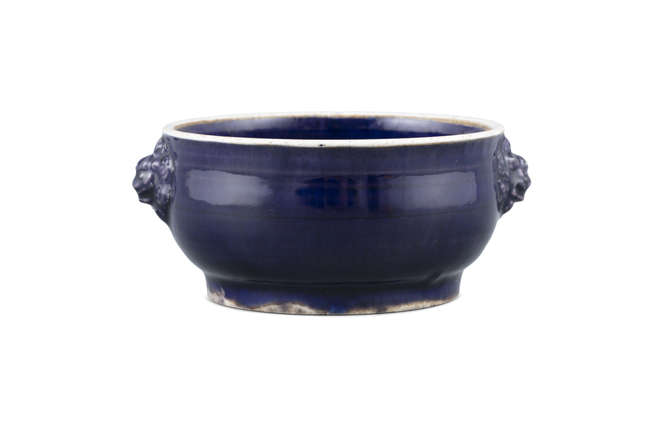
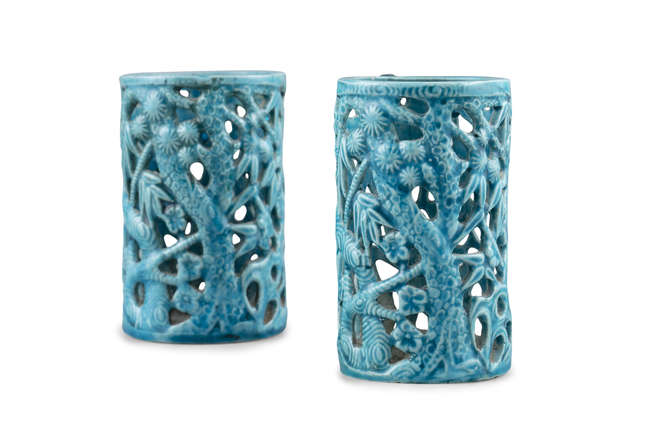
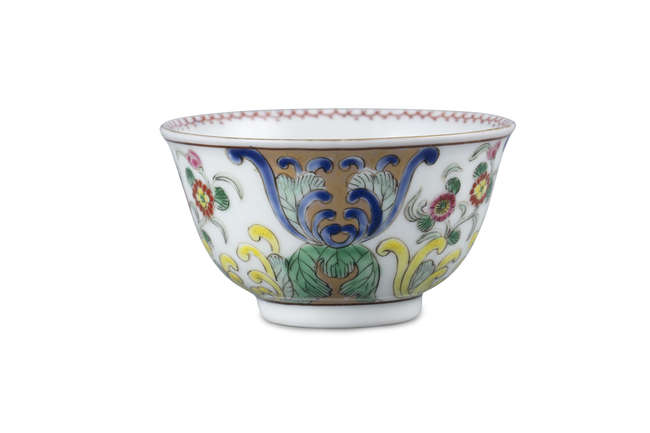

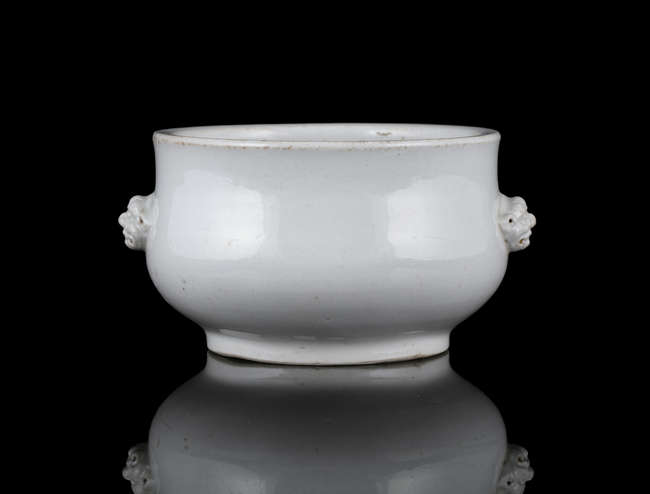

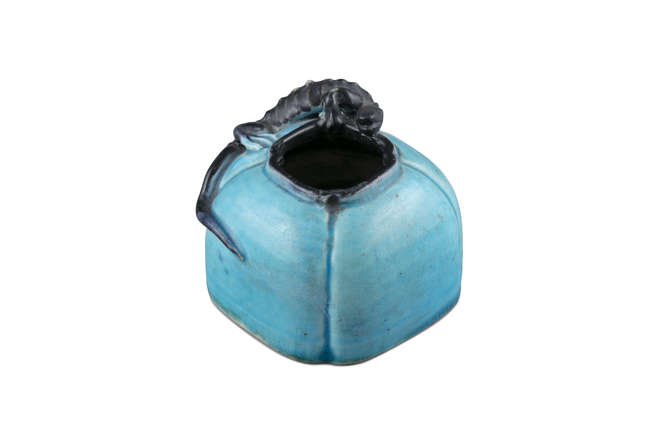



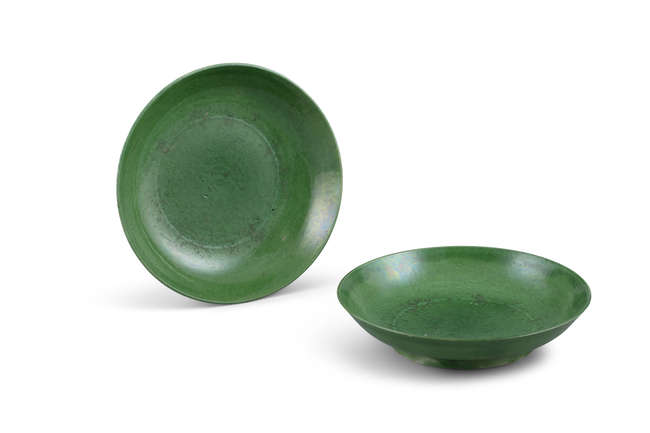
Testen Sie LotSearch und seine Premium-Features 7 Tage - ohne Kosten!
Lassen Sie sich automatisch über neue Objekte in kommenden Auktionen benachrichtigen.
Suchauftrag anlegen